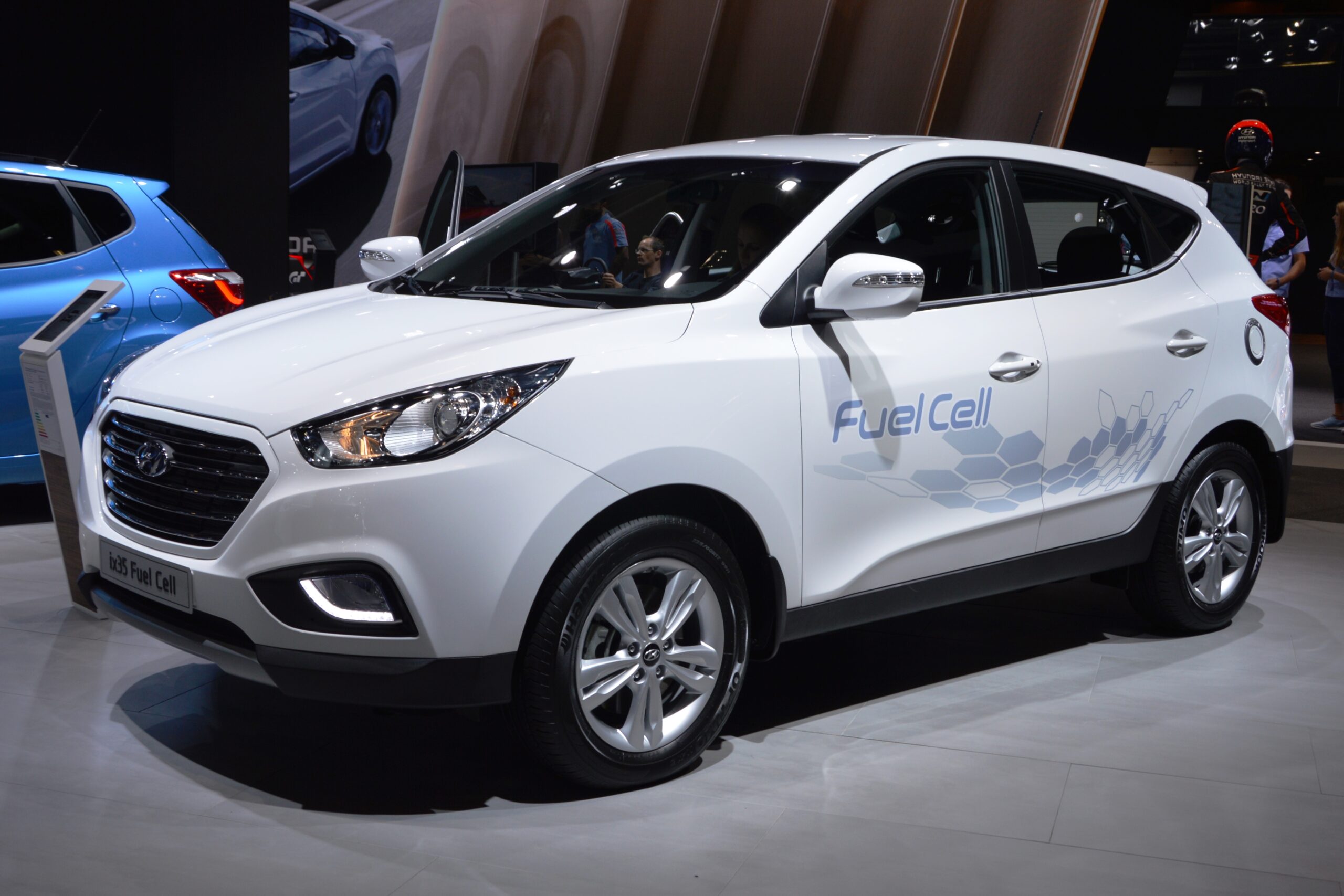Hydrogen Vehicles, the good, the bad, and the ugly truth. As of 2021, two commercially available hydrogen-powered vehicles, the Toyota Mirai and Hyundai Nexo, represented the bulk of the hydrogen fuel cell vehicle (FCEV) market, while the Honda Clarity was produced between 2016 and 2021. Hydrogen vehicles have not yet reached commercial availability. In the light-duty vehicle segment, by the close of 2022, total sales of FCEVs globally reached approximately 70,200 units, in stark contrast to the 26 million plug-in electric vehicles (BEVs) sold. In 2023, U.S. sales data shows just 3,143 hydrogen-powered vehicles sold compared to an impressive 380,000 BEVs. With battery-electric vehicles advancing rapidly in both technology and charging infrastructure, the anticipated role of hydrogen in the passenger vehicle market is contracting, though some, like John Max from Hydrogen Fuel News, suggest hydrogen could serve niche markets such as vintage and muscle cars, either directly or as a feedstock for synthetic fuels (efuels).
The development of hydrogen-powered road vehicles began with General Motors’ Chevrolet Electrovan in 1966, the world’s first hydrogen fuel cell vehicle. In December 2002, Toyota’s FCHV and Honda’s FCX became the first government-certified commercial hydrogen fuel cell vehicles available to the public via lease. Honda’s FCX Clarity, launched in 2008, was the first hydrogen vehicle designed from the ground up for mass production. That same year, Honda established the industry’s first hydrogen fuel cell vehicle dealer network, enabling private consumer leases and distinguishing itself as the sole automaker with hydrogen leasing at the time.
Hyundai debuted the Tucson FCEV in 2013, which was touted as the world’s first mass-produced hydrogen fuel cell vehicle, although it was lease-only. Due to high costs and infrastructure limitations, sales fell short of projections, with just 273 units sold by mid-2015. Hyundai later introduced the Nexo in 2018, a model that Euro NCAP deemed the “safest SUV.” However, a 2024 recall of all 1,600 Nexos sold in the U.S. highlighted potential risks of fuel leaks and fire due to a faulty pressure relief device.
In 2014, Toyota launched the Mirai, the world’s first dedicated, mass-produced FCEV, in Japan, followed by releases in California and select European markets in 2015. The Mirai offers a range of 312 miles (502 km) and can be refueled in about five minutes, though its initial price of 7 million yen (around $69,000) came at a substantial cost to Toyota, estimated at a $100,000 loss per unit, according to former European Parliament President Pat Cox. By the end of 2019, Mirai sales had surpassed 10,000 units. Demonstration hydrogen models were introduced by several automakers around this period, but adoption was limited.
In 2013, BMW leveraged Toyota’s hydrogen vehicle technology under lease, and a partnership between Ford, Daimler, and Nissan sought to accelerate hydrogen vehicle development. In 2015, Toyota took a groundbreaking step by offering free access to 5,680 patents related to hydrogen fuel cells and refueling infrastructure, aiming to bolster industry growth. However, by 2017, Daimler had suspended hydrogen vehicle R&D, and most other automakers pivoted to BEVs. By 2020, only three automakers remained committed to hydrogen-powered passenger vehicles. Honda reentered the market with a limited lease offering of its CR-V e:FCEV in 2024.
In California, a significant number of public Hydrogen Vehicle refueling stations struggle with operational consistency, leading to fuel availability issues for FCEV drivers. In 2024, frustrated Mirai owners filed a class-action lawsuit in California alleging fraudulent concealment, misrepresentation, violations of advertising laws, and breaches of warranty, primarily due to inadequate hydrogen fuel availability.

Leave a Reply